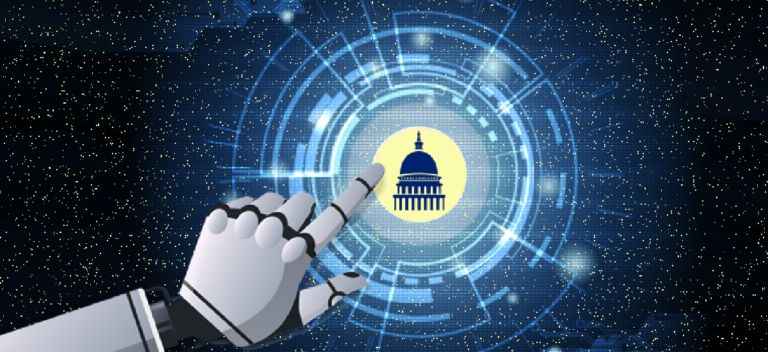
Crime Scene Investigation & IT
In recent years, CSI (Crime Scene Investigation) and IT (Information Technology) have come together to be instrumental in helping law enforcement solve crimes. One of the most familiar technologies is CODIS (the Combined DNA Index System), a national database that can match pieces of biological evidence from a crime scene to any previously convicted criminal. The best-known use of this system is fingerprint matching. But there are innovative technologies being developed every day that make crime-solving easier and more sophisticated. Some of the most useful tools make use of artificial intelligence and machine learning. This tool developed in Spain was designed to analyze crime scene photos and pick out important details, such as the bar code of an object or the fabric of a clothing item. These clues may be the key to solving a crime, especially if the objects or furniture can be matched to those used in other crimes.
Other AI image recognition systems can process photos of individuals and make surprisingly accurate guesses at the age and gender of the people in the photograph. Researchers at Middlesex University of London invented a system called VALCRI (Visual Analytics for Sense-Making in Criminal Intelligence Analysis) which scans police reports and looks for patterns or similarities among various crimes. There are also systems which will sort through content on a mobile phone in search of evidence and even map out communication exchanges between several suspects to build a complete picture of the conversations that occurred.
Another area of law enforcement that is utilizing AI is investigation of sex trafficking. One program analyzes photos taken of victims in hotel rooms and matches them to photos of hotel rooms already in the database to pinpoint a location. Scientists at the University of Southern California created an algorithm that will look on the Internet for data and clues that may ultimately lead to victims of sex trafficking.
Facial-recognition tools can be used to match photographs of unidentified people to existing missing-person reports to make a positive ID. A scientist at Louisiana State University is devising a system that will piece together three-dimensional images of skull fragments and create a picture of what the deceased person may have looked like to aid in identifying skeletal remains. Advanced DNA analysis techniques can detect smaller amounts of genetic material than ever before, which makes it possible to solve decades-old cold cases.
Yet another use of Artificial Intelligence in law enforcement is to detect potential threats in crowded areas, such as stadiums or concert venues. A Chinese company called Hikvision is working on a system using deep-neural networks, which allow cameras to identify anomalies like an unattended suitcase or a suspicious car. This has the potential to prevent acts of violence and terror by allowing for swift preemptive action. There are also surveillance systems that use facial recognition to search for faces in a crowd that match convicted criminals.
Finally, predictive analytics are being used to map out patterns in criminal acts in a particular area in order to identify times of high and low activity, so that police resources can be distributed strategically.
We may not solve crimes at Extract Systems, but we do leverage machine learning and artificial intelligence to solve your redaction and document indexing problems. Reach out today to learn more.
For more on this topic:
-
Extract’s blog on technology reducing crime rates: https://www.extractsystems.com/govnews-blog/2019/1/28/using-technology-to-drive-crime-rates-down
-
AI Crime Fighting: http://www.bbc.com/future/story/20190228-how-ai-is-helping-to-fight-crime
-
Hotel Room Sex Trafficking: https://futurism.com/ai-identify-child-trafficking-hotel-rooms
-
Sex Trafficking Clue-Searching Algorithm: http://exclusive.multibriefs.com/content/a-look-at-new-ai-tools-being-used-to-fight-crime/law-enforcement-defense-security
-
Predictive Analytics: http://exclusive.multibriefs.com/content/a-look-at-new-ai-tools-being-used-to-fight-crime/law-enforcement-defense-security
-
Crowd surveillance/HikVision: https://searchenterpriseai.techtarget.com/feature/AI-in-policing-is-controversial-but-delivers-results


